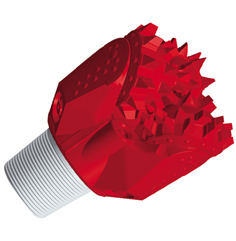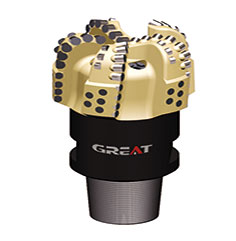Introduction
Wing drills, a specialized type of drill bit, have gained widespread popularity across diverse industries and DIY projects. Their distinct design sets them apart from traditional drill bits, offering unique benefits for specific applications.
Design and Structure
The defining characteristic of wing drills is their wing-shaped structure. These wings are broader and flatter compared to the cutting edges of regular drill bits. The increased surface area of the wings allows for more efficient material removal during the drilling process. Additionally, the wing design enhances stability, minimizing the risk of the drill bit deviating from the intended path.
Applications
Woodworking
In the realm of woodworking, wing drills shine. They can rapidly create large-diameter holes, which are essential for tasks like inserting dowels or routing electrical cables. Whether working with softwoods or hardwoods, wing drills can deliver relatively smooth-finished holes.
Masonry (Light-Duty)
For light-duty masonry jobs, wing drills can be employed. They are capable of boring holes in materials such as bricks or concrete blocks. However, for more demanding masonry work, a more specialized drill bit is recommended.
DIY Home Improvements
Homeowners frequently turn to wing drills for simple home projects. Tasks like installing curtain rods or hanging shelves are made easier with the use of wing drills, as they can quickly create holes of the appropriate size.
Advantages
High-Speed Drilling
Wing drills can complete the drilling process much faster than traditional drill bits, thanks to their extensive cutting surfaces. This time-saving feature is particularly valuable when multiple holes need to be drilled.
Enhanced Accuracy
The wide wings provide better stability, leading to more precise holes. This accuracy is crucial in applications where precision is of the essence.
Considerations
Material Suitability
It is vital to select a wing drill that is compatible with the material being drilled. Using an inappropriate drill bit can result in sub-optimal performance and potential damage to both the drill bit and the material.
Optimal Drill Speed
Different materials require different drill speeds. Softer materials generally allow for higher drilling speeds, while harder materials necessitate slower speeds to avoid overheating and damage to the drill bit.
Conclusion
In summary, wing drills are a versatile and valuable tool, with their unique design offering significant advantages. By understanding their applications, benefits, and considerations, users can make the most of these specialized drill bits in their projects.
 English
English français
français Deutsch
Deutsch Español
Español italiano
italiano русский
русский português
português العربية
العربية tiếng việt
tiếng việt ไทย
ไทย Nederland
Nederland




